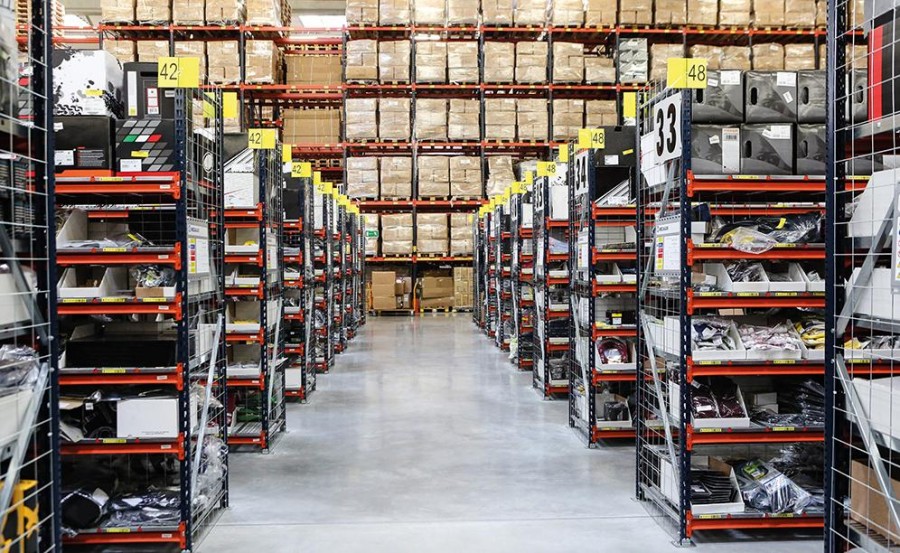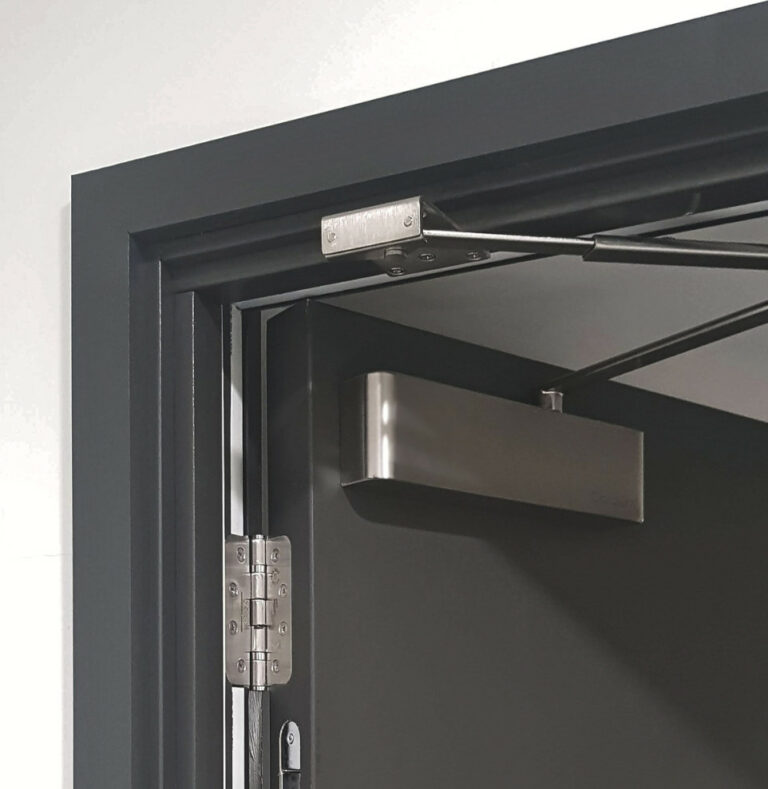The UK manufacturing sector ended 2022 on a weak footing, with output, new orders and employment all falling at faster rates.
Domestic and overseas demand remained lacklustre, as clients faced rising costs, increased market volatility and (in the case of EU-based clients) Brexit-related complications.
The seasonally adjusted S&P Global / CIPS UK Manufacturing Purchasing Managers’ Index (PMI) fell to a 31-month low of 45.3 in December, down from 46.5 in November but above the earlier flash estimate of 44.7.
The PMI has remained below the neutral 50.0 mark for five successive months. Excluding the series lows registered during the first pandemic lockdown, the current PMI reading is one of the weakest since mid-2009. All five of the PMI sub-indices signalled a weaker operating environment for the UK manufacturing economy.

Output, new orders, employment and stocks of purchases all fell at accelerated rates, while vendor delivery times (an indicator of supply chain stress) lengthened to the least marked extent since January 2020. Manufacturing production contracted for the sixth successive month in December. Moreover, the rate of decline was among the steepest during the past 14 years.
Companies reported that output had been scaled back due to declining intakes of new work and disruption caused by stretched supply chains and material shortages. December saw a similarly steep decrease in the level of incoming new business.
The decline in new work received reflected weaker domestic and overseas demand, economic uncertainty, client destocking and customers postponing orders. On the export front, manufacturers reported lower demand from markets such as China, the US, mainland Europe and Ireland. The main driver of lost export contracts was weak global economic conditions, while there was also mention of Brexit-related issues (such as shipping delays and higher costs) leading some EU clients to source products elsewhere.
The downturn in manufacturing was also increasingly reflected in the labour market. Job cuts were seen for the third consecutive month, with the rate of loss the steepest since October 2020. Signs of excess capacity became more evident during the month, with backlogs of work falling at the second-quickest pace in over a decade. Data broken down by product category showed that the intermediate goods sector was the worst performer overall, hit by the steepest drops in output, new orders and employment by some distance.
Production and new work received also fell in the consumer goods category. Investment goods was a relative bright spot, seeing both output and new orders rise. December saw a further easing in the rates of increase in both output prices and input costs. Average purchase prices rose for the thirty-seventh consecutive month, albeit to the least marked extent since November 2020.
Companies reported a wide range of inputs as up in price. These included chemicals, electronics, energy, food products, packaging, paper, plastics and timber. There were also reports that demand-supply imbalances, raw material shortages and rising transportation costs all contributed to the latest rise in purchase prices.
UK manufacturers passed on part of the increase in costs to their clients in the form of higher selling prices during December. However, in line with the easing in cost inflation, the rate of increase in output charges dipped to a near two-year low.
Rob Dobson, Director at S&P Global Market Intelligence, said: “The UK manufacturing downturn took a further turn for the worse at the end of the year. Output contracted at one of the quickest rates during the past 14 years, as new order inflows weakened and supply chain issues continued to bite. The decline in new business was worryingly steep, as weak domestic demand was accompanied by a further marked drop in new orders from overseas.
"Clients are increasingly downbeat and reluctant to commit to new contracts, not just in the UK but also in key markets like the US, China and the EU. The weakness in the latter is still being exacerbated by the constraints of Brexit, as higher costs, administrative burdens and shipping delays encourage increasing numbers of clients to shun trade with the UK. The downturn in industry is also increasingly being felt in the labour market, with manufacturers now shedding jobs at the quickest pace in over two years.
“There was slightly better news on the inflation front, as rates of increase in input prices and factory selling prices both slowed further in December. However, as this is mainly just the result of weakened demand reducing supply imbalances it is unlikely to provide much real respite for manufacturers and their operating margins as they head into what looks like being a difficult 2023.”
Dr John Glen, Chief Economist at the Chartered Institute of Procurement & Supply, said: “The downward trend over the last few months as a result of high inflation and falling orders impacting output and employment levels continued at an accelerated pace in December with the index posting at one of the lowest levels since the last recession.
“New orders dropped at one of the fastest rates in over a decade as overseas customers were put off by Brexit customs requirements pushing up costs and delays and domestic orders were affected by the general pressure from rising prices. This knock-on effect meant that manufacturing companies shed more jobs reducing their operational capacity for work that never materialised at a time when they still struggled to find the right skills and regain normality over their businesses.
“All these black spots managed to overshadow some of the improvements for manufacturers such as a further easing in supply-chain delays or the higher rates of activity in the investment goods sector or input price inflation easing to a two-year low. The overarching concerns remain that there is little power in the UK economy’s engine of growth for 2023 and manufacturers were painfully aware of this as business expectations remained at historically low levels again.”




















